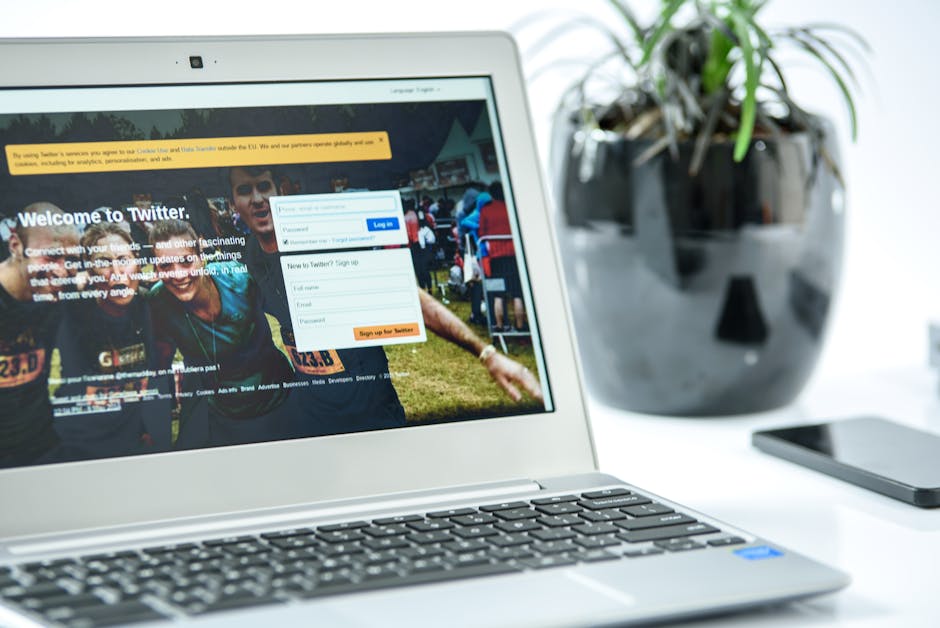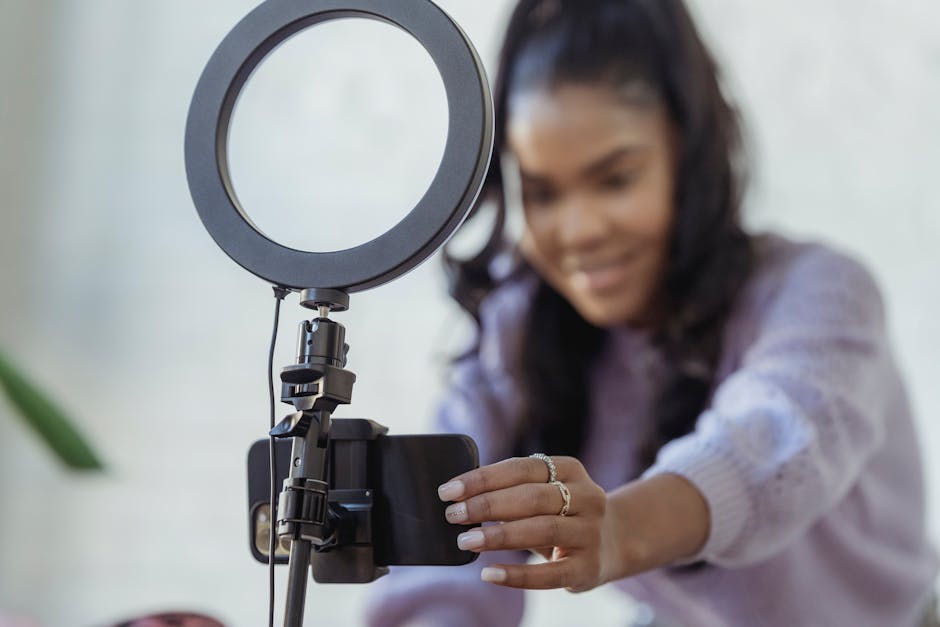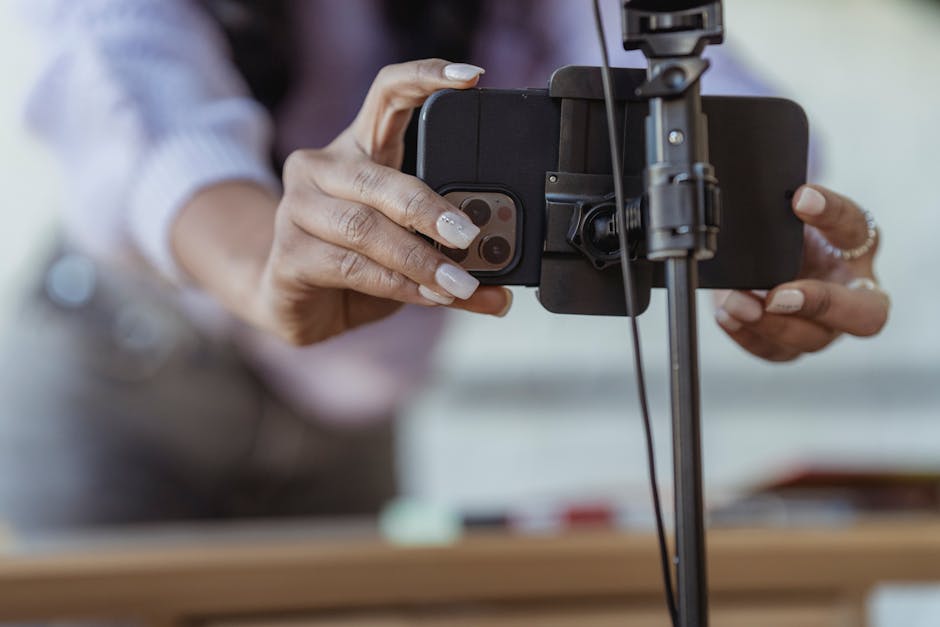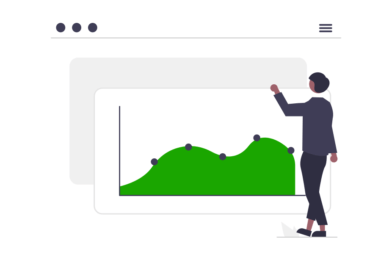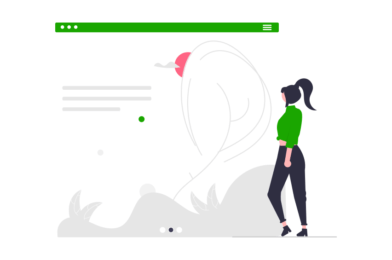A/b testing is one of the most important strategies to use when it comes to optimizing your landing pages and applications. It’s an essential part of any successful marketing campaign, whether you are working on your site or helping someone else do the same thing.
A/b tests occur when different versions of a product or landing page are tested against each other to see which one performs the best. For example, let’s say your company was planning on launching a new mobile app this fall. You could test two different versions of the app: one with no special features and another that featured limited functionality.
You would put both apps onto either a phone or a tablet and then compare how many people downloaded each version through pure chance. Or perhaps there was a reward for downloading the more feature-filled app, so you could test whether people were more likely to download the second app if they received something for it.
Either way, this type of experiment isn’t very scientific, but it can tell you a lot about what works and doesn’t work for your audience — and thus, your business. More importantly, it can help you determine whether or not adding additional features to your current offering is worth it.
A/b testing has become such a common practice that companies now have whole departments dedicated to doing it.
Why test your landing pages?

A few years ago, if you wanted to run A/B tests, you needed to have a website with two domains, one for each version of the page.
Now, many tools can help you do this easily and quickly. Tools such as Statping give you free limited access so you can try out different versions of a web page before investing in the better version.
Some paid products offer more advanced features than just A or B testing. These include split testing, conversion tracking, and heat map settings which can all contribute to improving your landing pages.
Split testing is changing how companies approach marketing. With it, you can compare different approaches on a same-site survey. This way, you will know what changes work for your product and what doesn’t.
Conversion tracking allows you to see which parts of your landing page are most effective by analyzing bounce rates, conversions, and times spent on the site. Heat maps show you where users struggle and drop off due to poor usability.
This not only helps you make the site easier to use but also gives you insights into the weaknesses and strengths of the design.
Sample landing page A/B testING

A test is only meaningful if you compare it to one or more controls. For example, testing your top content box against no cover image is not very helpful!
Landing pages are designed to appeal to someone’s desire to perform a specific action — in other words, they aim to influence behavior. As such, many different components make up the landing page design.
One of the most important elements in any successful test is the control group. This can be done by either using another version of the same landing page or an adjacent page that is identical except for the tested element.
A classic way to implement this is by creating a low-value test (test option B) and a high-value test (test option A). By doing this directly after performing test option A, you can determine whether changing the color or texture of the surface affects performance.
Another common component to test is the type of font. Some fonts are considered better than others for engaging with readers, so trying out various styles is a good way to identify which ones work well for you.
What should your landing page test in terms of content?

While not every element on a landing page is optimized to improve engagement, testing certain components can help you determine which ones are.
One such component is the body of text that accompanies the call-to-action (CTA) button. When optimizing landing pages for the best conversions, there’s an easy way to switch up the CTA to see what works better.
That way is A/B testing. By altering the words or pictures used to make the call to action more persuasive, you can test different versions to see which one converts the most effectively.
You could swap out the bolded headline with another set of bolded keywords or even just “Learn More!”
You could replace the picture of the product with something else like an example of the product being used successfully or create a sense of urgency by offering a limited-time deal.
What should your landing page test in terms of design?

As we mentioned before, testing different versions of a website is an excellent way to determine which features are integral to how well you’re performing with a given site.
Landing pages are no exception- there’s nothing wrong with having multiple variations that you can test out.
That being said, some things seem to consistently improve performance across the board for most websites, so why not use those as components in your landing page tests?
The first such element that seems to make a difference is the color scheme. Changing the background colors and typography will change the overall feel of a webpage, but what about the hue itself?
Are red backgrounds more appealing than green or blue ones? Perhaps bolder fonts work better than thinner ones. It may also be helpful to consider shades of the same color, like using a white background instead of plain old gray.
How do I start A/B testing on my landing pages?

A simple way to test your current landing page is to use something called a quick preview. You can create a quick preview by using another website’s template or creating your own using a free web design tool such as Fubiliy, Google Chrome, or Adobe XD.
By doing this, you will be able to see how your new landing page looks like-style and if it contains essential components such as content, calls to action (CTAs), etc.
Several good tools can help you perform ABA tests more efficiently, such as Userlytics, Mixpanel, CrazyEgg, and Analytics. It is best to pick one that fits your business and budget well.
Userlytics has a free plan that allows up to 20k monthly visits, while Mixpanel and Analytics both cost around $10 per month.
How often should run A/B testing?

A very common question that people ask is how many tests you should do per week or month. There are two main reasons why it’s important to have more tests than just once a month.
The first is because testing more frequently allows you to see changes over time. This can help identify whether there is always one element or feature of your landing page that is hurting conversions, or if there is a particular component that works and could be scaled up.
By doing this every few weeks, you will be able to determine whether adding or removing a feature has an effect, and if so, what impact it has.
This also allows you to find out if your test made any significant differences to conversion rates, which is great news as you re-evaluate what changes you want to make next time.
The second reason to run more tests is so that you get greater statistical significance. As mentioned before, running only one test at a time means that we cannot tell whether all of the other changes are influenced after the experiment is done. By running several studies back to back, however, we can calculate more accurate results.
That being said, the number of tests that you should perform depends on both the length of time that you want the findings to remain valid and the amount of traffic that your landing page receives. If your business fluctuates substantially, then you will need to spend less time confirming your hypotheses.
What are the different types of tests?

A test that you perform is called a control test. With a control test, you use one version of your landing page as the baseline or control group. Then, you will compare it to another version of the same page to see if there are any significant changes.
If there are changes, then they are typically for the better. This means that the new page version is more effective than the old one!
There are three main reasons why changing a part of your landing page works so well. First, people love simplicity. Create a simple landing page and see how many conversions you get!
Second, very few users pay close attention to all the features of a product before deciding whether or not to buy it. By stripping down the landing page, you take away some of the important factors that can influence conversion.
Third, sometimes poor quality content is what causes people to hesitate before buying. If you remove some of the fluff from the page, you hone in on the message more clearly, which may help motivate action.
However, do not make the landing page too bare. You must include enough information for people to understand who the offer is intended for and what benefits it has.
What are the different settings for each test?

Running A/B tests does not mean just creating two identical pages! That would be a simple test. For example, if your main landing page is for an app then testing whether or to change the font size of the app logo will run a test.
More advanced A/B testing strategies use different settings that affect how the test runs. These include:
Variables such as content, layout, format, tone, etc.
Subjects or messages under which the test can run
Stimuli (such as logos or colors) that can be added or removed from the test
Timing variables such as speed of load, scroll down, etc.
It is important to know what settings you have before running an experiment because you want to make sure the results remain consistent and accurate!
There are many free tools available that allow you to create A/B experiments at no cost beyond the initial setup. Many of these give you tips and tricks along the way so that you’re able to get the most out of the experiment while supporting their product.






